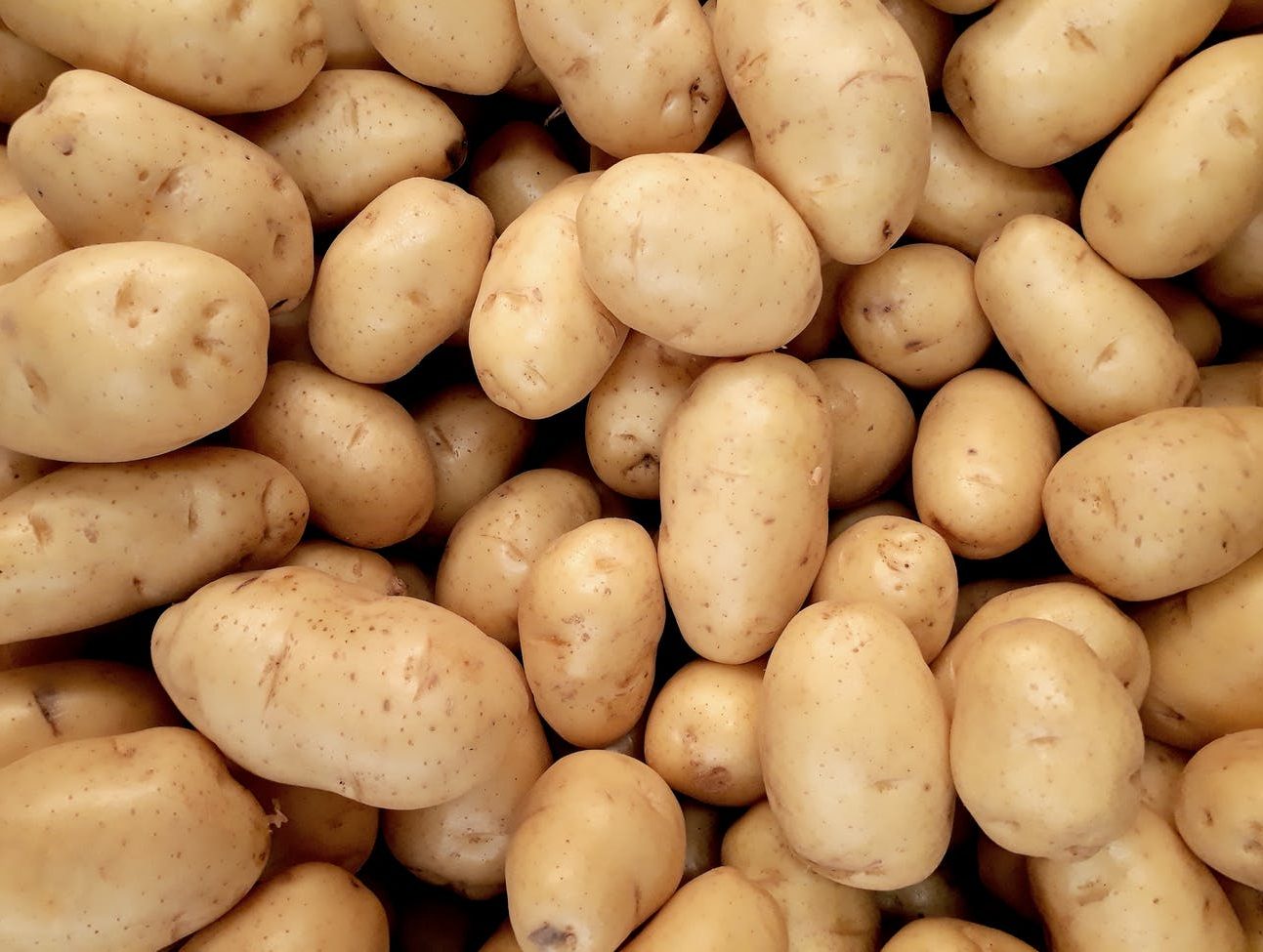Clint Thompson
A fungicide product from Syngenta provides potato growers a last line of defense before their crop is placed into storage.

Since potatoes are susceptible to diseases, especially as they can be stored up to nine months, farmers would benefit from Archive. It provides farmers an extra layer of protection right after harvest and before storage, said Chris Clemens, agronomy service manager at Syngenta.
“Potatoes are grown out in the soil and susceptible to and exposed to a lot of different diseases. For a lot of those, the management starts in the season as both applications in the soil and then with foliar applications to try to manage things up in the canopy. When you harvest potatoes, they get beaten up a little bit, and those wounds can put them in a situation where they can be exposed to disease,” Clemens said. “When you treat them right after harvest and right before they go into storage with a product like Archive, that helps mitigate some of the spread that can occur when the potatoes sit in some of these huge storage sheds for months and months.”
The two active ingredients in Archive are fludioxonil and azoxystrobin. Both are effective against the two diseases Archive is registered for.

“The first one is called silver scurf. Silver scurf appears as a black dot on the surface of the skin. It’s a problem in most potato growing areas. Archive does an exceptional job controlling that,” Clemens said. “The second disease is called fusarium. Fusarium appears a little bit differently. It’s called fusarium dry rot. You’ll see a lesion on the outside of the potato. When you cut it open you can see necrosis in the development on the inside of the skin.”
Depending on what the potatoes are produced for, they can stay in storage from a few weeks to as long six to nine months.
“With these diseases in storage, if you don’t protect the potatoes, they’re stored in an environment where that disease will slowly spread to other potatoes. Getting that Archive on there right as it gets into storage is key to keeping things healthy in the shed long term,” he added.









